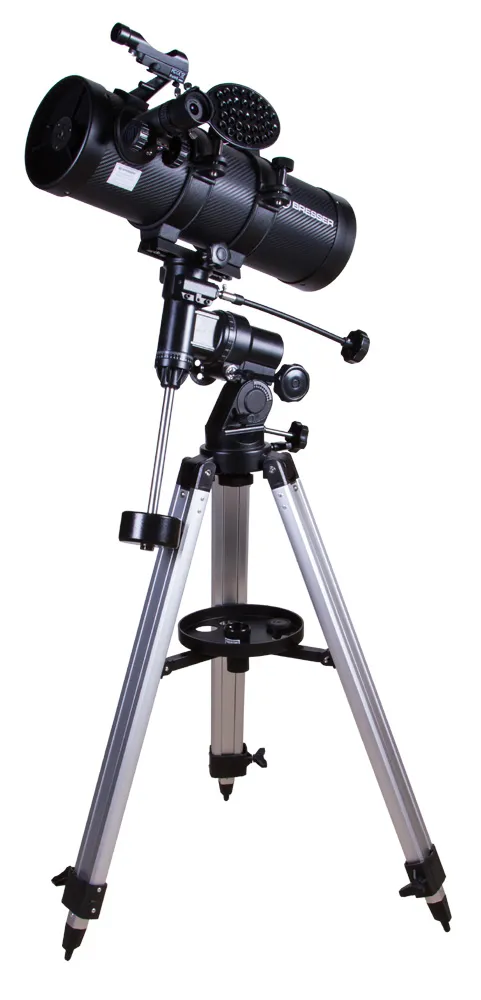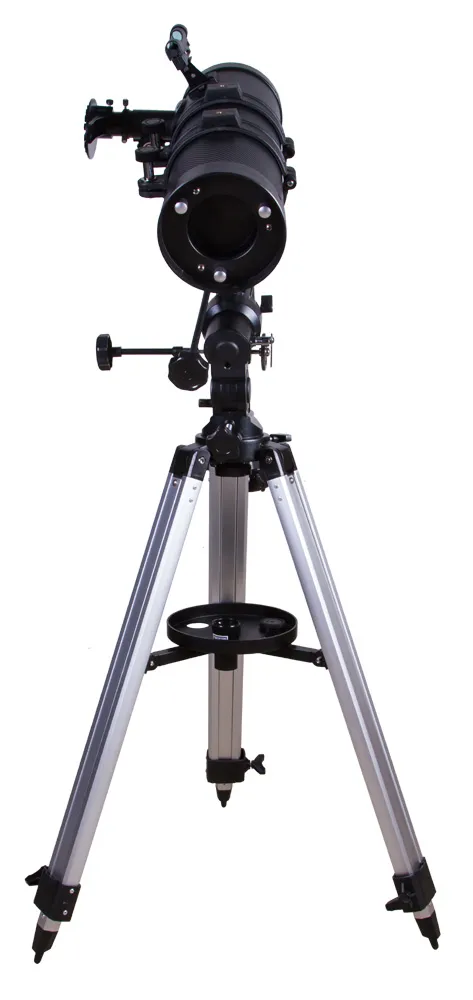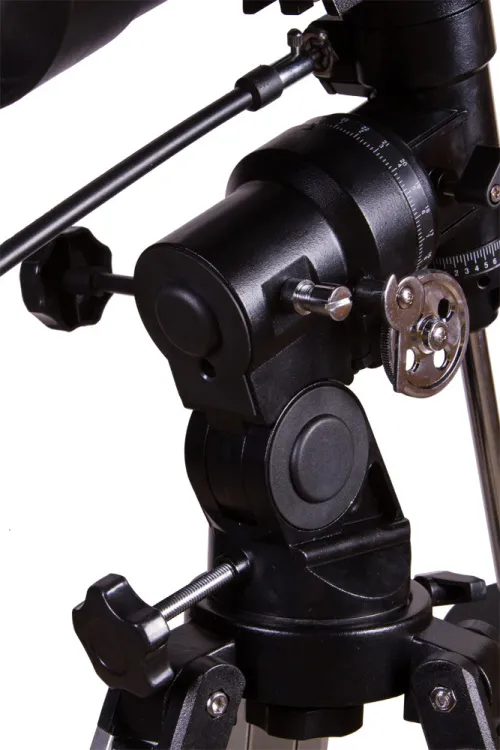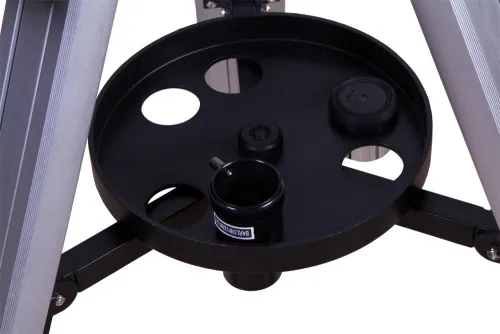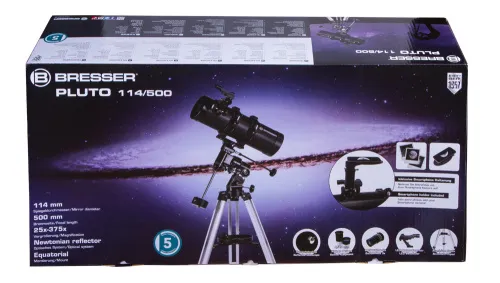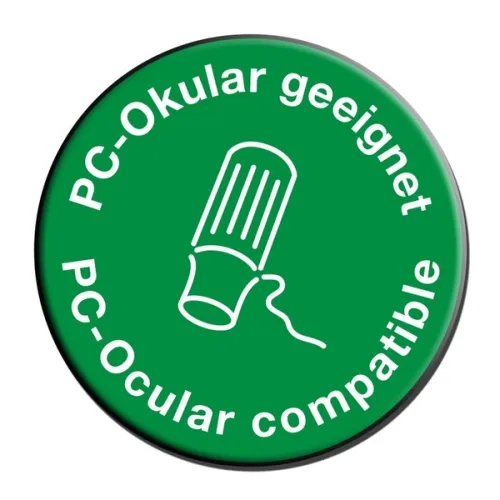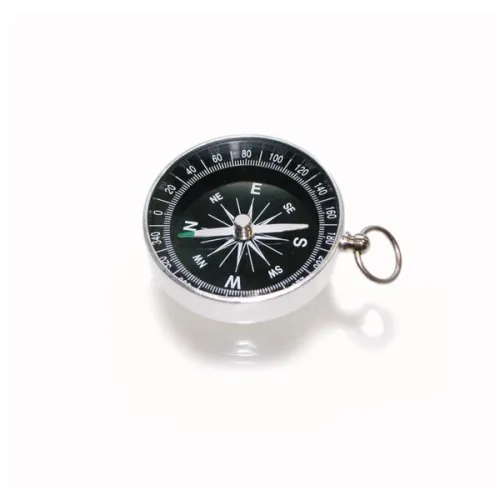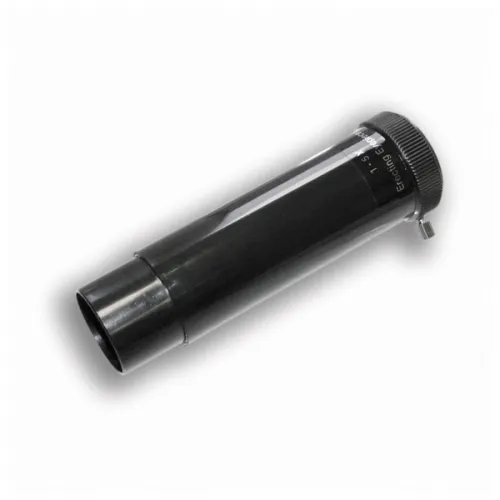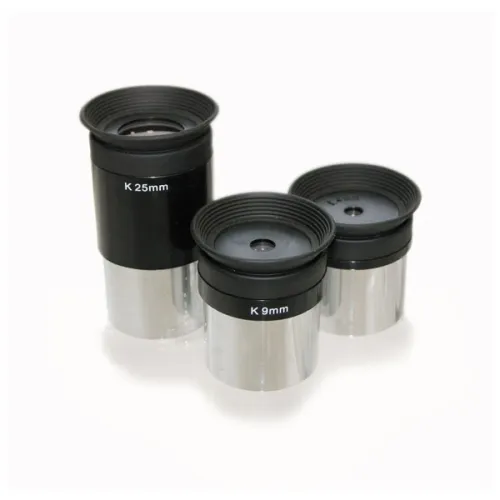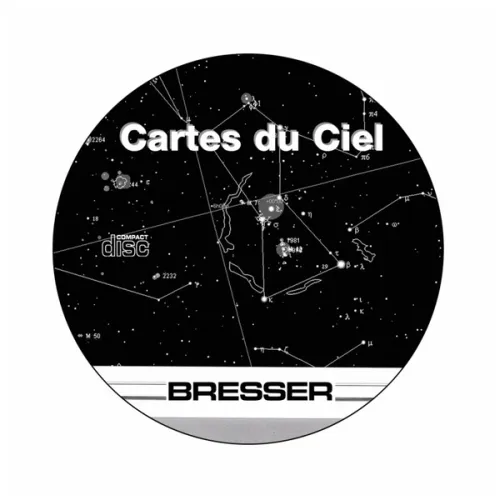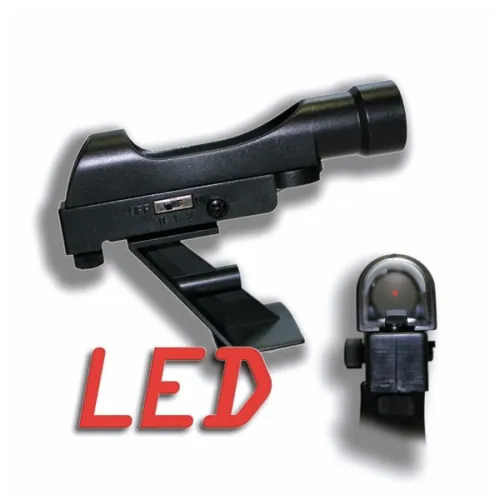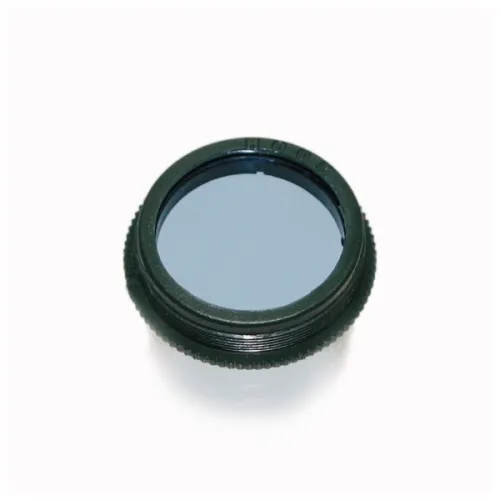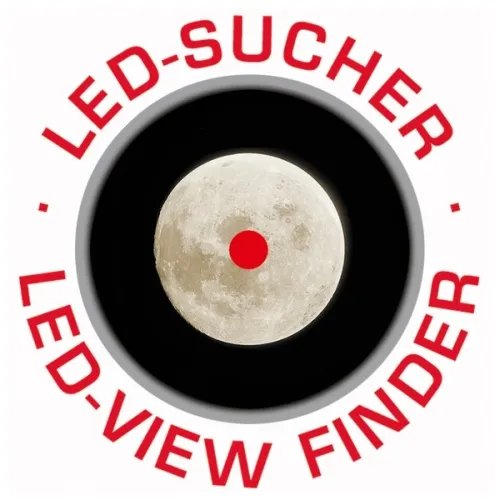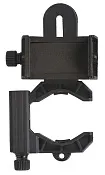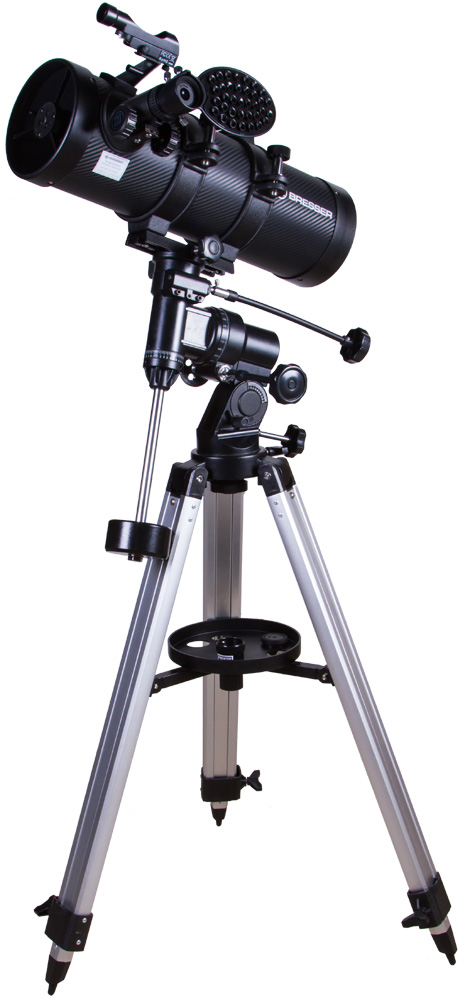Bresser Pluto 114/500 EQ Telescope
The Newtonian telescope. Aperture: 114mm. Focal distance: 500mm
| Product ID | 17807 |
| Brand | Bresser GmbH, Germany |
| Warranty | 2 years |
| EAN | 4007922145136 |
| Package size (LxWxH) | 24x87x44 cm |
| Shipping Weight | 12 kg |
A small reflecting Bresser Pluto 114/500 telescope is a perfect choice for travelers; you can easily take it with you anywhere you go. A novice astronomer as well as an experienced explorer can work with this optical tool. In spite of its small size, Bresser Pluto 114/500 features quality optics and delivers a high quality image. Moreover, this telescope has a large mirror with a wide field of view.
With this telescope, you will see cracks and craters on the lunar surface, even the smaller ones, and watch how Martian summer changes to Martian fall. You will also be able to observe all of the planets, including Neptune, bright comets, faint stars, and bright distant nebulae, star clusters, and galaxies.
The finderscope will help you find an object for observations quickly and precisely. A practical equatorial mount is useful for easy tracking of the celestial objects.
Features:
- Reflecting telescope
- 114mm aperture
- Focal ratio f/4
- Coated optics
- Limiting stellar magnitude of 12.4
- Magnification: up to 375x with the included eyepieces
- 5-year warranty
- Optical tube
- Equatorial mount
- Aluminum tripod with an accessory tray
- LED red dot finderscope
- Eyepieces: 20mm, 4mm
- 3x Barlow lens
- Smartphone camera adapter
- User manual and warranty
- Test dsescription
| Product ID | 17807 |
| Brand | Bresser GmbH, Germany |
| Warranty | 2 years |
| EAN | 4007922145136 |
| Package size (LxWxH) | 24x87x44 cm |
| Shipping Weight | 12 kg |
| Optical design | reflector |
| Optical scheme | Newtonian |
| Primary mirror diameter (aperture), mm | 114 |
| Focal length, mm | 500 |
| Lowest practical power, x | 12.4 |
| Magnification, x | 25 — 375 |
| Aperture ratio | f/4.4 |
| Focusing | by moving an eyepiece |
| Eyepieces | 20mm, 4mm |
| Eyepiece barrel diameter, in | 1.25 |
| Barlow lens | 3x |
| Finderscope | red dot |
| Tripod | aluminum |
| Accessory tray | ✓ |
| Telescope control | manual |
| Mount | equatorial |
| User level | beginners |
| Observed object | deep-sky objects |
Convenient diagrams that describe how to install additional accessories on refractors and catadioptric telescopes
Find out how to assemble a telescope on an example of the Levenhuk Skyline 90x900 EQ telescope
This short guide will help you avoid typical mistakes and learn more about telescope and mounting types
The basics of astronomical observations for beginners
In this article we have gathered answers to some of the most frequently asked questions about telescopes
How telescopes work?
You can actually perform observations from your balcony!
All about telescope sizes, types, magnification, and mounts
Learn how to set up and use the telescope properly
Astronomy in light-polluted skies. Find out what you can observe in the city
Read an interesting comprehensive article on telescopes for little astronomers
Celestial objects you can observe with telescopes of different apertures
Colored and vivid images of galaxies, planets and star clusters entrance everyone who is fascinated by boundless space
Find an interesting review on the history of the changes to a refracting telescope
To make the process of choosing a telescope easier, we will tell you about the characteristics of the most popular types of telescopes today
Learn everything you need to know about refractor telescopes to make the right choice



